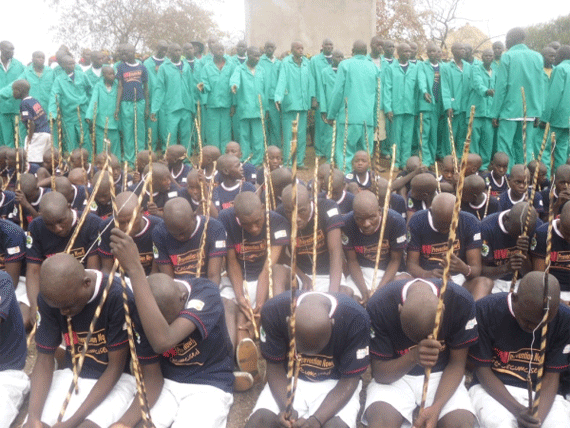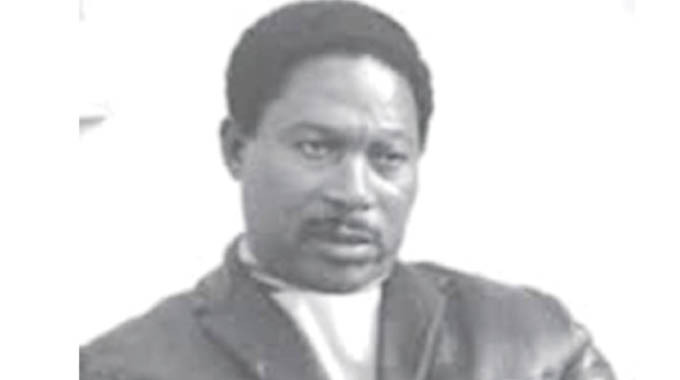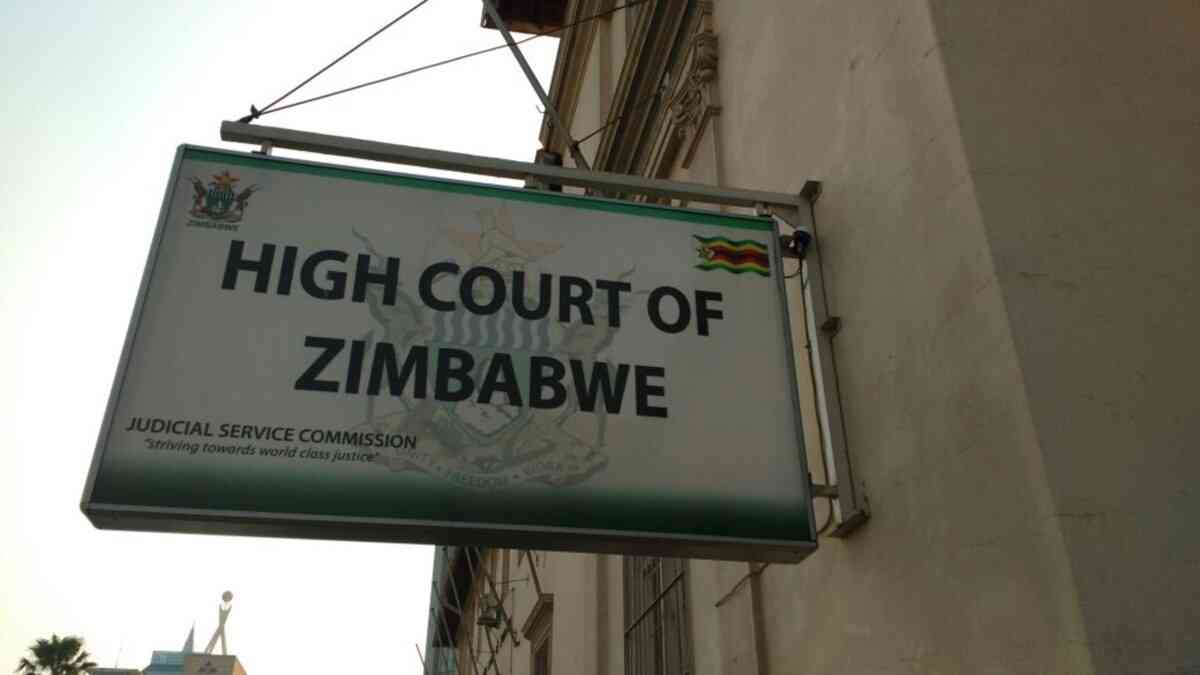
Bulawayo Province has the highest number of men that were circumcised under the accelerated voluntary male circumcision programme targeting over 900 000 Zimbabweans by 2018, it has emerged.
BY OWN CORRESPONDENT
According to the latest ZimStat report covering 2014, 22,1% of males aged between 15 and 54 years in Bulawayo have been circumcised.
Matebeleland North and Masvingo ranked second and third 20,8% and 13,8% of their men circumcised respectively.
Mashonaland East had the lowest number of circumcised men as only 5,4% underwent the procedure.
The survey, conducted mid-last year targeted 7 914 men between the ages of 15 and 54 years drawn from the country’s 10 provinces.
The national voluntary male circumcision programme was launched in 2009 and was informed by research, which suggested it could reduce HIV infections by 60%.
The report says 11% of Zimbabwean men aged between 15 and 54 years have been circumcised with the highest acceptance of the HIV prevention programme being recorded in urban areas and rich households.
- Chamisa under fire over US$120K donation
- Mavhunga puts DeMbare into Chibuku quarterfinals
- Pension funds bet on Cabora Bassa oilfields
- Councils defy govt fire tender directive
Keep Reading
“About 11% of men aged 15-54 years were circumcised. The prevalence was higher among young men of ages 15 to 19 years (15.3%) and lowest among 30 to 39 years (9.2%),” ZimStat added.
“The prevalence is higher in urban areas (14,9%) compared to 9,4% in rural areas.
“Lowest proportions of respondents reporting that they were circumcised were in Mashonaland East province (5,4%) and the highest proportion was in Bulawayo province (22,1%). More circumcised men were from richest households (16,7%) compared to 8,1% from poorest households.”
The report also noted that most circumcisions, particularly in Bulawayo, were performed in approved health facilities.
Male circumcision, if properly undertaken by well-trained health professionals in properly equipped settings, reduces the risk of heterosexually acquired HIV infections in men by approximately 60%.










